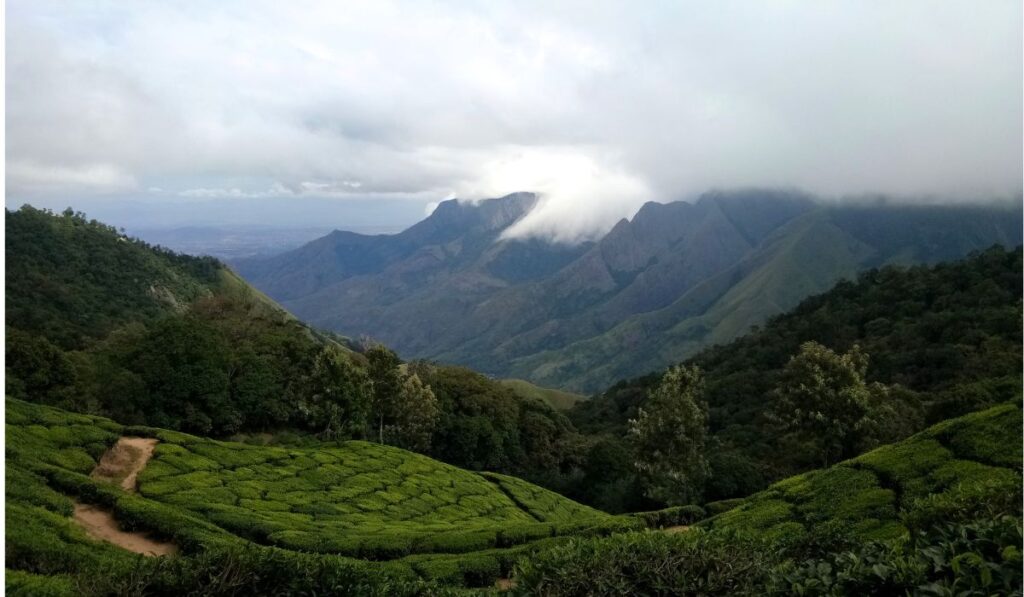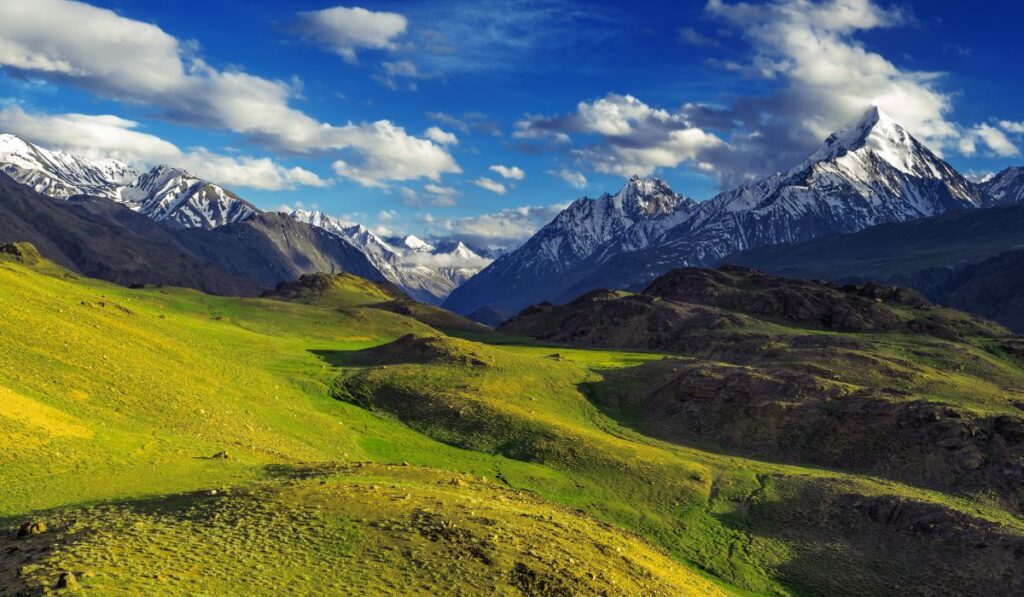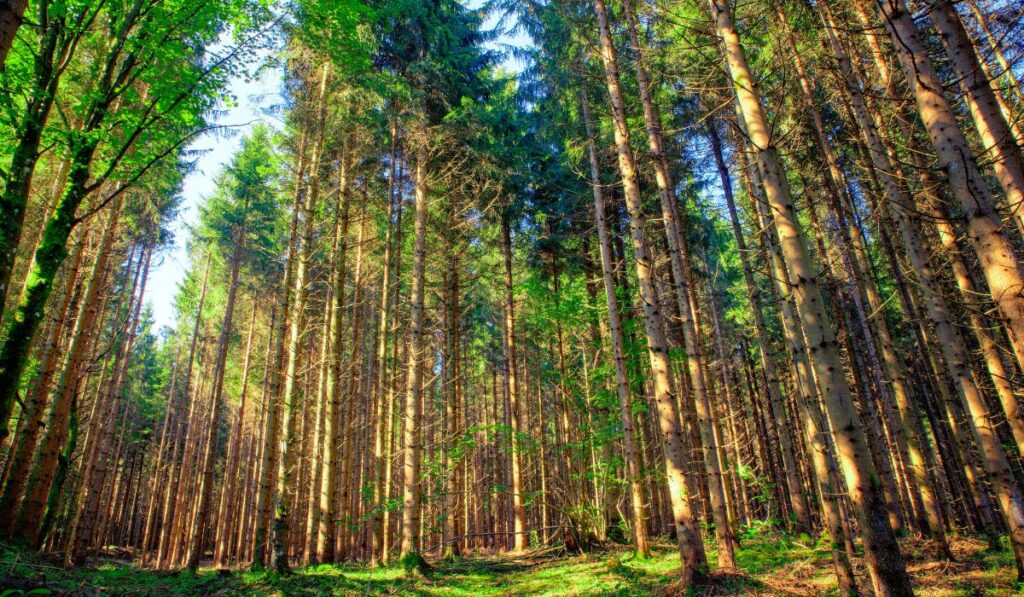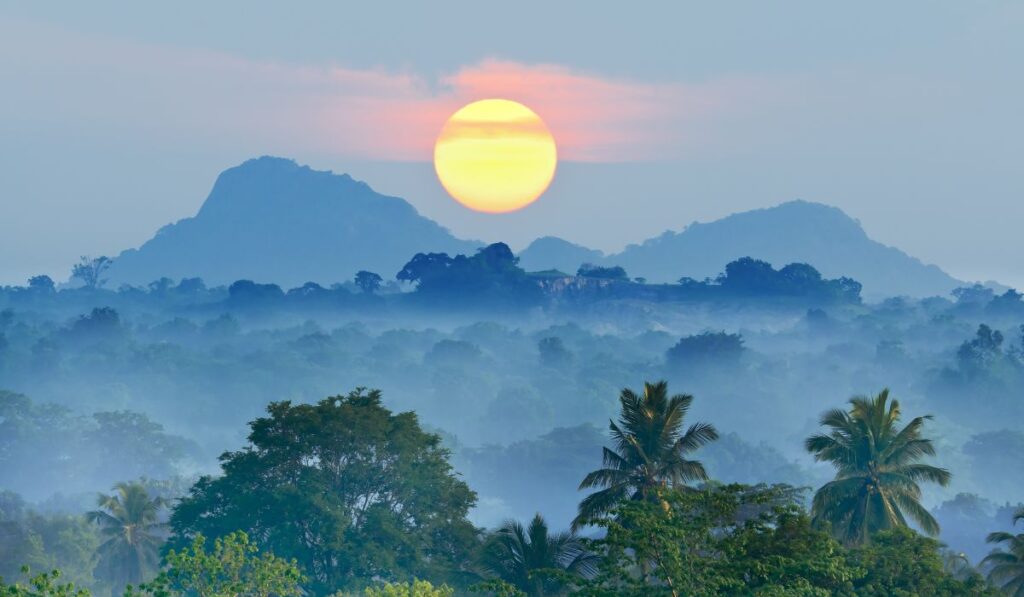India has consistently ranked among the wealthiest nations for its incredible biodiversity, as seen in the country’s population statistics. But do you know what precisely a biodiversity hotspot means?
A hotspot must contain more than 0.5 percent of all plant species in the world, or at least 1500 species of vascular plants, and the portion of its original habitat that has been lost should be greater than or equal to 70%. Biodiversity hotspots in India refer to areas that are incredibly rich in plant and animal diversity and meet the criteria for a biodiversity hotspot.
In this article, we have come up with all you need to know about these Biodiversity hotspots in India. Keep reading.
History Of Biodiversity
Many Indian species (descendants of taxa) are descendants of Gondwana, which once belonged to India. Peninsular India collided with the Laurasian landmass, which resulted in a massive exchange of species. However, the 20 million years ago volcanic explosion and temperature change that resulted in the extinction of numerous Indian forms caused the most havoc.
India is incredibly rich in biodiversity, with various types of biodiversity found throughout the country. Following the volcanic eruption and temperature change, mammals were observed crossing into India from Asia via the Himalayas; 12.6 percent of Indian species were mammals, 4.5 percent were endemic birds, 45.8 percent were reptiles, and 55.8 percent were amphibians. Biodiversity in India is also home to numerous biodiversity hotspots, which are areas that are incredibly rich in plant and animal diversity and meet the criteria for a biodiversity hotspot.
Significance Of Biodiversity
Biodiversity meaning refers to the variety of life on Earth, including the diversity of species, genes, and ecosystems. It encompasses the full range of living organisms, from microorganisms to plants and animals, and the ecosystems and habitats in which they live.
Biodiversity is of immense significance as it provides numerous ecological, economic, and social benefits and supports a wide range of ecosystem services crucial for human survival. It is a vital component of the Earth’s natural capital, providing resources, regulating the climate, and maintaining the balance of ecosystems. Therefore, the conservation and sustainable use of biodiversity are crucial for the well-being of both humans and the planet.
Here is some information about the types of Biodiversity hotspots in India.
The 4 Biodiversity hotspots in India
1. The Western Ghats

The Western Ghats are hills found along peninsular India’s western border and get a lot of rain as they are close to the coast. Hence, this area contains most of the deciduous trees and rainforests. The Western Ghats is one of the Biodiversity hotspots in India, as it is incredibly rich in plant and animal diversity and meets the criteria for a biodiversity hotspot.
Around 62% of the reptiles and 77% of the amphibians are unique to this area and cannot be found anywhere else in the globe. Initially covering 190,000 square kilometers, the vegetation in this area now only covers 43,000 square kilometers.
Specialties
- More than 6000 vascular plants from more than 2500 genera are present here. Out of them, 3000 plants are endemic.
- Most spices, including cardamom and black pepper, are said to have their origins in the Western Ghats.
- There are also about 450 birds, 140 mammals, 260 reptiles, and 175 amphibians in these ghats. Such diversity is lovely and uncommon, but it is currently in danger of extinction.
2. The Himalayas

Bhutan, Northeast India, and Southern, Central, and Eastern Nepal are included in this Himalayas region. Some of the highest peaks in the world, including Mount Everest and K2, are located in these Mountains, which are the tallest in the world. The Himalayas also host several Biodiversity hotspots in India, with a diverse range of plant and animal species, many of which are unique to this region.
In addition, the Himalayas serve as the source of some of the world’s largest rivers. More than 100 mountains higher than 7200 meters can be found in the Himalayas.
Specialties
- One-horned rhinoceros
- Asian wild water buffalo
- Forty-five mammals, 50 birds, 12 amphibians, 17 reptiles, three invertebrates, and 36 plant species are among the nearly 163 endangered species found here.
- The relict dragonfly, which only exists in one other species in Japan, is one such endangered species that can be found here.
3. Indo-Burma region

The Indo-Burma region covers a surface area of 2 million square kilometers. North-Eastern India (to the south of the Brahmaputra River), Myanmar, the southern Yunnan province of China, Vietnam, Cambodia, and Thailand are just a few of the nations that make up this region.
The Indo-Burma region is one of the Biodiversity hotspots in India, with a high level of biodiversity that includes many endemic plant and animal species. Unfortunately, although the biodiversity in this area is vibrant, it has been worsening over the past few decades.
Specialties
- Recently, six new animal species, including the large-antlered muntjac, Annamite muntjac, grey-shanked douc, leaf deer, saola, and Annamite striped rabbit, were found in the Indo-Burma region.
- You may find species like monkeys, langurs, and gibbons, all of which have populations under 100.
- The endemic freshwater turtle species can be found in the area.
- About 1300 birds may be seen here, many of which are endangered, including white-eared night-heron, Grey-crowned Crocias, and orange-necked Patridge.
- It is home to almost 13,500 plant species, half indigenous and unique to that area of the world.
4. Sundaland

Thailand, Singapore, Indonesia, Brunei, and Malaysia are part of this biodiversity hotspot located in Southeast Asia.
In addition, India is represented by the Nicobar Islands, and the United Nations designated these islands as a global biosphere reserve in 2013.
Specialties
- These islands contain a diverse terrestrial ecology, including mangroves, seagrass beds, coral reefs, and rich marine habitats.
- Marine biodiversity includes dolphins, whales, turtles, crocodiles, fish, prawns, lobsters, and seashells.
Make your road trip memorable with zingbus
Have you read the blogs and considered where I would get the car for it and how I would manage the budget? Well! Who has told you that a road trip can only be made by a car?
Taking a bus will cost you far less than renting a car, along with full comfort and fun. zingbus offers you several discounts on your first booking. Also, you may install the zingbus app to take advantage of additional benefits.
Our buses are clean and offer complete luxury and comfort with free wifi, blankets, water bottle, and entertainment/ TV. You can make your booking as per your requirements. Plan a road trip with zingbus. Get your bus ticket bookings done now!
Do comments and share if you like our article!






Leave a Reply